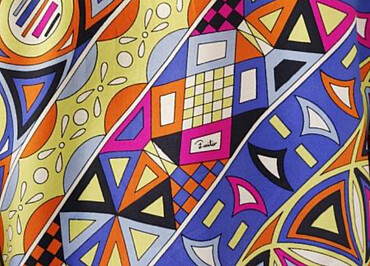Abstract
The European Fashion Heritage Association (the EFHA) aims to help fashion GLAMS and brands to get better value from their cultural heritage assets by connecting them with new audiences. While doing research for a paper for her economics of fashion class, Carlijn, a master’s student, discovered the EFHA and the digital archive they offer. After navigating through the archive and using the material for her paper, she wanted to get more involved with the EFHA. She emailed Marco Rendina, the managing director of the EFHA to inquire about the possibilities. Her inquiry resonated with Marco, who was keen on improving the student and scholar stakeholder engagement with the EFHA. The EFHA had engaged with students through Wikipedia edit-a-thons and with scholars through their annual conferences. However, with the launch of Google Cultural Institute’s digital fashion heritage project, We Wear Culture, the need to improve this stakeholder engagement had become one of the opportunities the EFHA could take to distinguish itself from its new giant competitor. The case study also identified some of the main challenges the EFHA faced, such as; engaging student and scholars, the ambiguity of stakeholder groups, difficult user- experience accessing digital archives, unclear partnership statuses, and external competitors like Google’s Art and Culture project.
Citation Note
Follow the 'handle' link to access the Case Study on RePub.
For EUR staff members: the Teaching Note is available on request, you can contact us at rsm.nl/cdc/contact/
Objective
1. To define stakeholder engagement in the EFHA context; 2. To brainstorm who the student/scholar stakeholders could be for the EFHA, and what their needs and interests may be with the EFHA; 3. To identify the overlapping values between the EFHA and student/scholar stakeholders and come up with creative ideas for improving engagement; 4. To reflect on their own experiences as students to provide user experience improvements and brainstorm what student/scholar needs may be; 5. To pitch a vision of how a digital archival project such as the EFHA can add value for and generate value with student stakeholders (resulting in Marco being able to respond to Carlijn).
